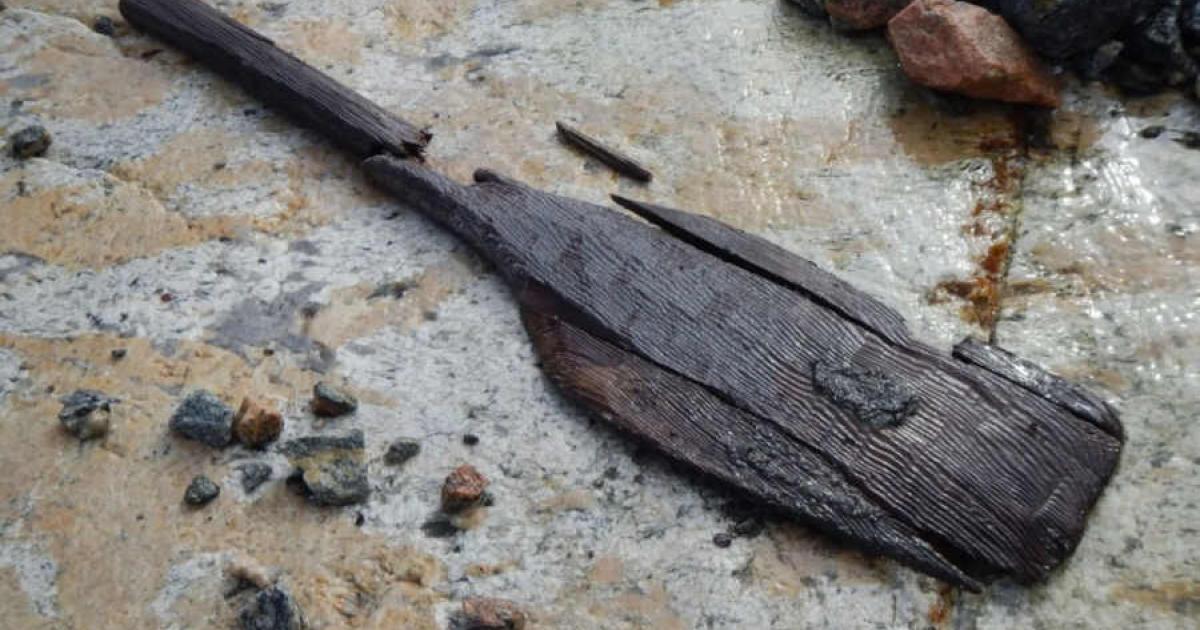
Ancient Artifacts Emerge as Snow Melts in Western Norway
As unusually low snow levels reveal ancient treasures in the mountains of Western Norway, archaeologists are urging hikers to stay vigilant. The melting snow is expected to uncover a wealth of historical artifacts, offering a rare glimpse into the region’s distant past.
A similar phenomenon occurred a decade ago during a particularly dry and warm summer in Møre and Romsdal County. That season saw a significant increase in reports of ancient artifacts emerging from the thawing snow. This year, with similar weather conditions, archaeologists are anticipating another surge in discoveries.
- 600 Rock Carvings Found by Clever Inquiry and Torchlight
- Archaeology Student Discovers Viking Trading Station in Northern Norway

Search for finds at the snow bed at Grovåskaret. The picture is from 2014. (Møre and Romsdal County Municipality)
Guro Dehli Sanden and Kristoffer Dahle, archaeologists with expertise in the area, have issued a public advisory urging hikers to pay special attention to melting snowdrifts and areas historically used for hunting and trapping
“These are prime locations where artifacts such as arrowheads, hunting tools, and even intact Viking swords may be found,” they explained in a press release.
- Curious Mussel Shell Arrowheads in Norway’s Mountains Confound Archaeologists
- Huge 1,500-Year-Old Arrowhead Released From Melting Glacier

Well preserved arrowhead found in Norway in September. (Secrets of the Ice)
Safely Retrieving Artifacts
The discovery of such artifacts, while exciting, requires careful handling. According to Sanden and Dahle, the first step for anyone who comes across an artifact is to photograph the site, both in close-up and from a broader perspective, and to record the GPS coordinates.
“If you can’t safely transport the artifact without risking damage, it’s best to leave it in place and report the find to the relevant authorities,” they advised.
The summer of 2014, which saw similar conditions, led to the unearthing of numerous fascinating objects, including an ancient wooden spade dated between 180-350 AD and several ‘scaring sticks.’ These sticks, bundles of wood tied together with birch bark, were used by ancient hunters to frighten reindeer and direct them towards traps.
When damp artifacts are found, the archaeologists recommend storing them in a cool place, such as a fridge or cellar, to prevent them from drying out. Artifacts made from antlers or bones should be placed in a freezer to preserve them until they can be properly examined.
As the summer progresses, the archaeological community is eager to see what other remnants of history may emerge from the melting snow this year, offering new insights into Norway’s rich cultural heritage.
Top image: This wooden spade was discovered after the snow melted at Grovåskardet in Fjord municipality. It dates back to 180-350 AD. Source: Dag Ringstad / Møre and Romsdal County Municipality















